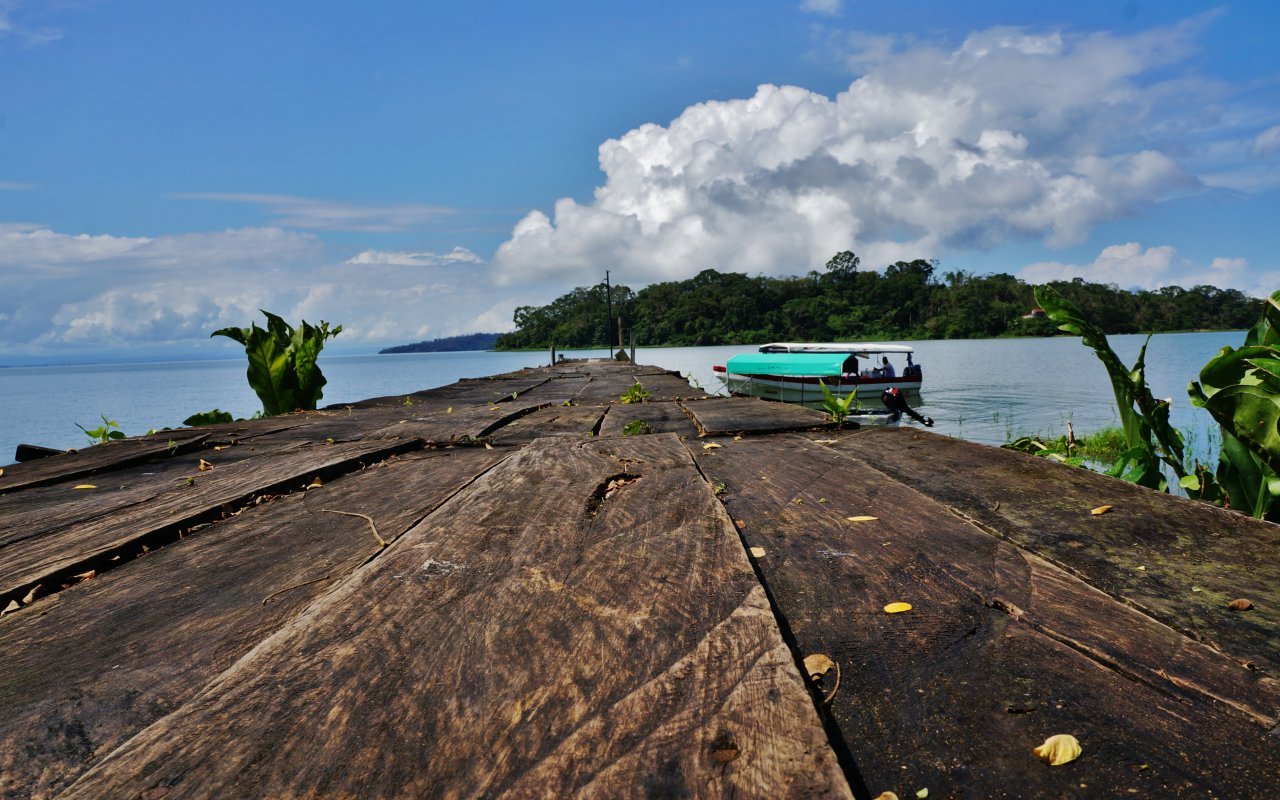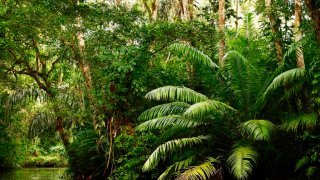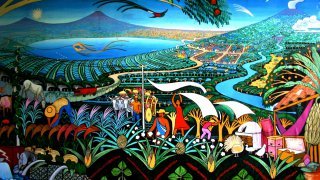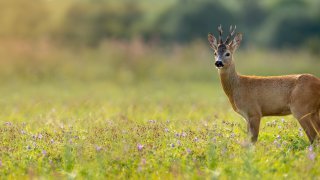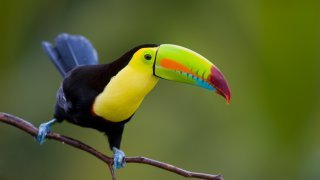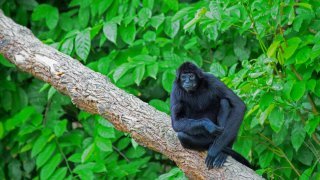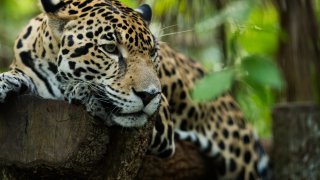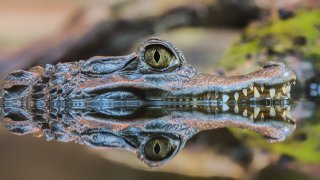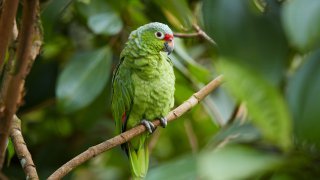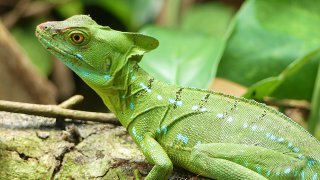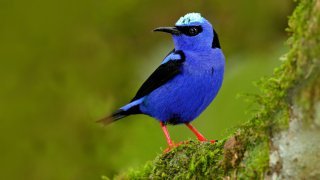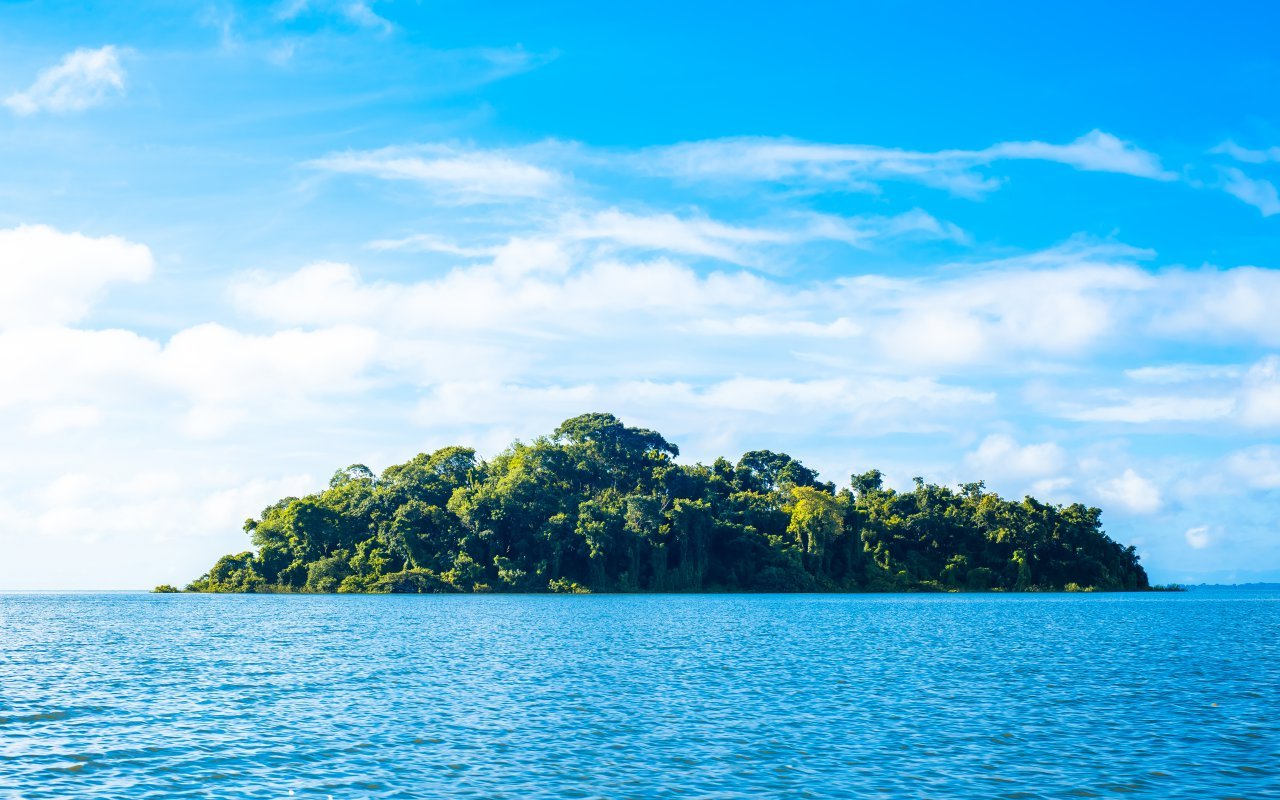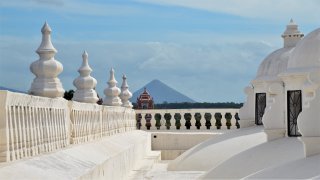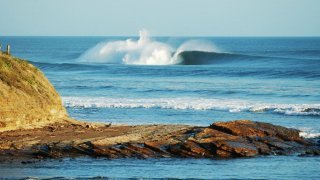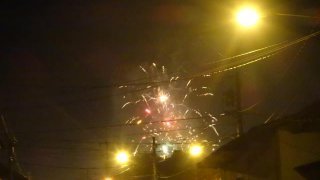Located at the southern end of Lake Nicaragua, the Solentiname archipelago is made up of about thirty islands. A large community of fishermen and farmers live there, in a rich and abundant nature.
At the end of the 60’s, during the hippie period, Solentiname became known and recognized by the world artistic community. Many came here to seek inspiration and disconnection. On the spot you can find primitive paintings and a very specific and typical handicraft.
This archipelago is bathed in a natural and true reserve, the fauna and flora are impressive. Finally, it is not far from San Carlos, and you can reach it with the services of the “lanchas”, local boatmen, in less than three hours. Of course, access is limited, as well as electricity. This is one of the “resources” and strength of this place: Nature!
Geography and climate
The archipelago of Solentiname of nearly 40 km2, 250 meters above sea level, is composed of 4 main islands – Mancarrón, Mancarroncito, San Fernando, La Venada – and about thirty small islands of volcanic rock often uninhabited or only inhabited by fishermen and many water birds.
The 1,000 or so inhabitants of these islands live at the rhythm of nature, far away and cut off from certain amenities such as access to electricity and running water. It’s rustic and rural!
The climate is mild all year round, about 26°C, but the rainy season is a little longer than on the mainland. It rains between May and December.
The tropical vegetation is green and abundant, sheltering a diverse fauna. More than 70 species of toucans and parrots can be seen, deer mainly on Venada Island, as its name suggests, but also many different species of fish in the waters of the lake.
The islands of Solentiname are part of the protected areas of Nicaragua and are classified as a national monument.
History and Cultural Heritage
Solentiname or Celentinametl in Nahualt which would mean “place of accommodation” invites you to stay a few days on these islands to discover its great natural wealth, but also its culture and history.
Little documented and little explored, the archipelago would have been the seat of a pre-Columbian culture. The petroglyphs that we observe there : drawings of birds, men and monkeys are like a trace left by the history of this still unexplored heritage. Nevertheless, many archaeological pieces have been discovered there and are conserved and exposed in the museums of the islands of Mancarron and San Fernando.
Mancarron is the largest island of Solentiname. In 1966, it is here that father and poet Ernesto Cardenal founded his community, a communal society of artists, a contemplative community!
Upon his arrival, Father Cardenal rebuilt the village church and celebrated a peasant mass there for the first time. A movement was born, a primitive pictorial movement that lasts over time and whose resident artists exhibit their work in a gallery on the island. This movement attracted some stars from our old continent who came to the archipelago for more or less long stays in order to recharge their batteries in this particular and artistic atmosphere.
What to do, what to see?
Nature being very present on the Solentiname archipelago, it is necessary to take the time to observe it while discovering the history and heritage of this community.
Here are some ideas for excursions to do:
- a hike on San Fernando Island in search of archeological sites and petroglyphs
- a visit to the art galleries on Mancarrón Island to admire local art, learn how to make traditional crafts or even buy them as souvenirs
- a horseback ride on Venada Island in the middle of avocado, cotton, coffee or cocoa fields.
- a kayak trip on the waters of the lake
- a hike in the natural reserve Los Guatuzos where you can go on a daily expedition to meet a few hundred different species of animals.
Natural Reserve Los Guatuzos
In the south of the Solentiname archipelago, on the mainland, on the border with Costa Rica, is the Los Guatuzos nature reserve.
This wetland of forests of more than 400 km2, formed by rivers, canals and lagoons is home to an important wild ecosystem. On the flora side, you will find a large number of plants and trees in addition to abundant swampy vegetation. As for the fauna, you will see mammals such as pumas, jaguars, sloths, different species of monkeys, water turtles, alligators and iguanas, in addition to hundreds of species of birds.
How to get there
The easiest way to get to the Solentiname archipelago and the Los Guatuzos nature reserve is to go to the city of San Carlos from where you can take a public transport boat or request the services of a private shipping company. It takes about 3 hours to get from San Carlos to the Solentiname Islands.
